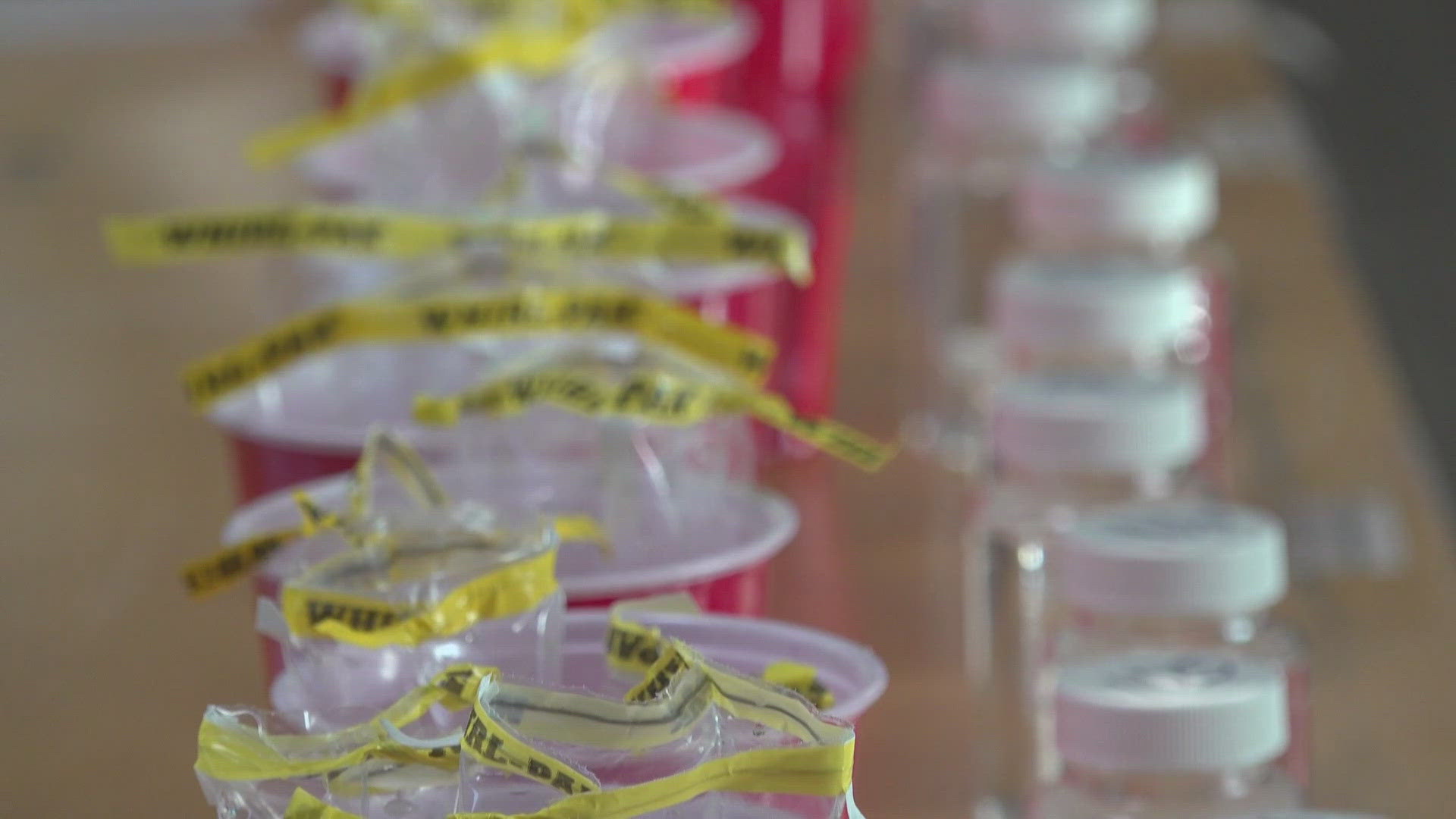ODESSA, Texas — The Texas A&M AgriLife Extension program received 140 water well samples from residents in Ector County. The water well screening kits were distributed on Aug. 5 with a focus on North Odessa residents near the Permian Basin Container fire site.
Here's a look at the screening results:
Bacteria
Sixty-eight samples tested positive for coliform bacteria. That's nearly half of the collected samples. According to Extension Specialist Joel Pigg, this is common in droughty parts of Texas.
"Typically, across the state when we do the program, 50% to 60% of samples test positive for coliform," said Pigg. "...Which is indicative of Texas and its drought situations."
Seven of the 140 well water samples tested positive for the E. Coli bacteria. This falls in line with what the program tends to find across its well water screenings of 5%.
Chemicals
According to Pigg, the arsenic levels from these samples were lower than detected in the past. None of the samples tested above 10 parts per billion (ppb), which is the drinking water standard for arsenic levels
Meanwhile, the drinking water standard for nitrate levels is 10 parts per million (ppm), according to the CDC.
"The average for the 140 samples was 20 ppm, so we're double the drinking water standards," said Pigg. "....It's typically what we have seen out here in this Permian Basin region, so it's not unheard of. It's just something people need to keep an eye on."
According to Pigg, higher nitrate levels can derive from fertilization issues or a possible break in the septic system. He recommends avoiding double fertilizing and making sure the septic system is functioning properly.
Minerals
"Our salinity levels in this set of 140 samples resulted anywhere from 150 ppm to more than 3,000 ppm," said Pigg.
During an educational presentation, Pigg shared 0-3,000 ppm is safe for all livestock. The range of 3,000 to 4,900 ppm is satisfactory, but may result in temporary refusal or diarrhea, or poor quality of poultry. The following range reaches to 6,999 ppm which was presented as reasonably safe, but not for pregnant/lactating animals. The young and pregnant/lactating animals are put under risk and heat stress with levels of 6,999 to 10,000 ppm. Anything above that is unsuitable for all livestock.
"At 500 ppm, we as humans can tolerate it," said Pigg. The extension specialist shared the preferred level of salinity is less than 500 ppm.
The Texas A&M AgriLife Extension program plans on returning to the Permian Basin during April of 2025.

